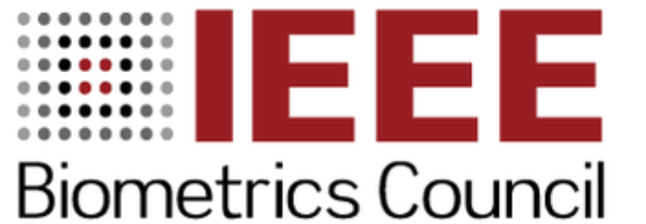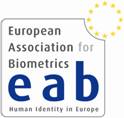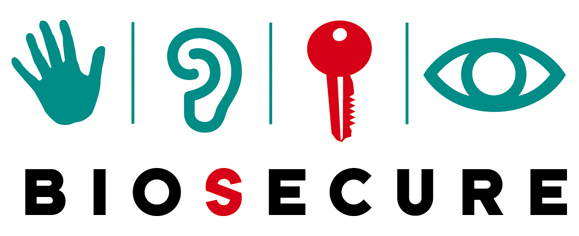|
Download: |
Practical Biometric Recognition Systems and Project (Focus - Face Recognition)Prof. Thirimachos Bourlai Biometrics plays a pivotal role in human identification. Determination of human activity patterns in groups relies on a combination of local and global subject differentiation. Local differentiation can be obtained through soft biometrics whereby each subject is differentiated within the group and tracked. Global subject identification uses strong biometrics (e.g. face, iris etc.) where the actual identity of individuals is ascertained from comparisons with biometric watch lists or other biometric databases. One of the physiological traits utilized by biometric systems to establish human identity is face. Face-based recognition systems are gaining increasing interest, especially over the last decade, because the human face has several advantages over other biometric traits. It is non-intrusive, understandable, and can be captured in a non-intrusive manner at variable standoff distances and using variable camera sensors. A typical face recognition system consists of two main phases, i.e. the enrollment and the authentication phase. During the enrollment phase, images of the users' face are taken and used to create face templates that are stored in a database, typically called the gallery dataset. During the authentication phase, newly recorded images of a user's face, called probes, are used for recognition. A decision on the person's identity (the output of a FR system) is taken on the basis of the comparison between the gallery templates and the new (probe) images. In simple words, the similarity between two face images of the same person that is delivered by a FR system is expected to be higher than the similarity between face images of different individuals. The question is whether this is always true when operating in real-world, practical conditions. While we see a lot of work done in academic institutions to help students (and practitioners) understand basic and advanced methodological approaches behind each biometric system component (e.g. pre-processing, feature extraction etc.), little attention has been given to basic practical thinking. In the brief practical session offered in this school, participants will have the opportunity to focus on one biometric modality (face) and experience how a simple FR system works, from start (enrollment) to end (generation of CMC* curves), by applying a set of software tools including, pre-processing (normalization, denoising etc.) and face matching. Challenge: On day 1, participants will be separated into groups (experts, experienced, novices). A small face dataset will be offered and used by the participants to run FR experiments (step-by-step). At the end of day 1, a discussion will take place on what project (individual- or team-based) the participants can work on. While general suggestions will be given for a project, participants will have the opportunity to suggest and explore their own problems. Finally, the participants will have the opportunity to present their work on day 2. * The CMC curve measures the 1:m identification system performance, and judges the ranking capability of the face identification system. |



 


 |